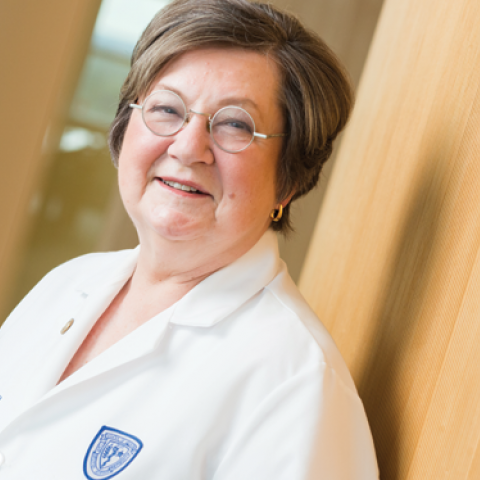I sold my house of 33 years last week. As the movers carried my furniture out, it felt as if my life was being disassembled item by item. A few of the boxes had pieces of my mother’s in them and some, of my grandmother’s. Out they went in a long continuous line.
A builder constructed the house for himself and his young family. They grew up and moved away, and the house changed hands—families, a professional couple, another family. My sons mostly grew up there, bounding down the main stairs, having friends in the kitchen, dining room, basement, and their bedrooms upstairs. Later it was girlfriends and prom pictures in the front yard with the spring flowers as background. Raking the leaves in fall with them. Off to college, but back for the holidays.
Then my boys grew up and moved away, I met Jim, and suddenly the house was for the two of us. The empty nest was configured to our liking. And now, seemingly all of a sudden, it was shifting again. Once more, it would belong to a young family. The room that had housed our long table for dinner parties would be for children’s play. The offices and sitting rooms upstairs would become bedrooms again, and the nooks and crannies explored by small hands.
At the closing, with proper social distancing and masks, we sealed the deal. As the title agent left, the whoosh of air with his closing the door sounded like a sigh. I felt sad for leaving behind all that we had done in that house, and all it had meant. For a moment, the house seemed to sag a bit under grey skies, was very still, and my eyes filled with tears. I opened champagne for the new owners and sparkling grape juice for the children who had been playing in the yard while the signing was going on. The sun came out, and the old house—100 years this year—almost seemed to gleam in the afternoon rays. The graceful curves of the French doors and the rainbows from the leaded glass invited the children in. The back door slammed again after so many years, and the house revived. It was all as it should be. The cycle was beginning anew.
As for Jim and me, we moved on to a place custom-designed for us. The pieces of furniture we kept settled into a different pattern, even more interesting than before. The yard that Jim had pruned and I had planted was green and yellow and pink with new life. The spring sun poured into our extended kitchen/dining/living room. All was as it should be.
I think many of us now may feel a sharp dividing line—before and after coronavirus. We have tears in our eyes for the many things that we will not do again for a long while. But in the meantime, the world has changed. And more important, WE have changed. We have learned to value thinking before we speak or make contact, respecting the clear expression of thought more than we did before. We have learned to seek the essence of what we teach and what we celebrate at commencement, or match day, or with our awards. We have gone to the heart of the matter in research to define what is essential.
When things ease, I think we will value social commerce differently. We will savor it and take care of our friendships and collaborations. Our science will take on new urgency. The necessity of teaching the human dimension of medicine has never been clearer. The service aspect of what we do has come into sharp focus, and the need to lead with careful thought and clear judgment, based on the best evidence and changing with new evidence, is urgent.
We have been brought up short with life's changes and are meeting the challenge. The cycle will begin again, and we will be better for it. Our seniors sang it in Doc Opera: I believe I’ve been changed for the better— but I have been changed for good.
Pam


